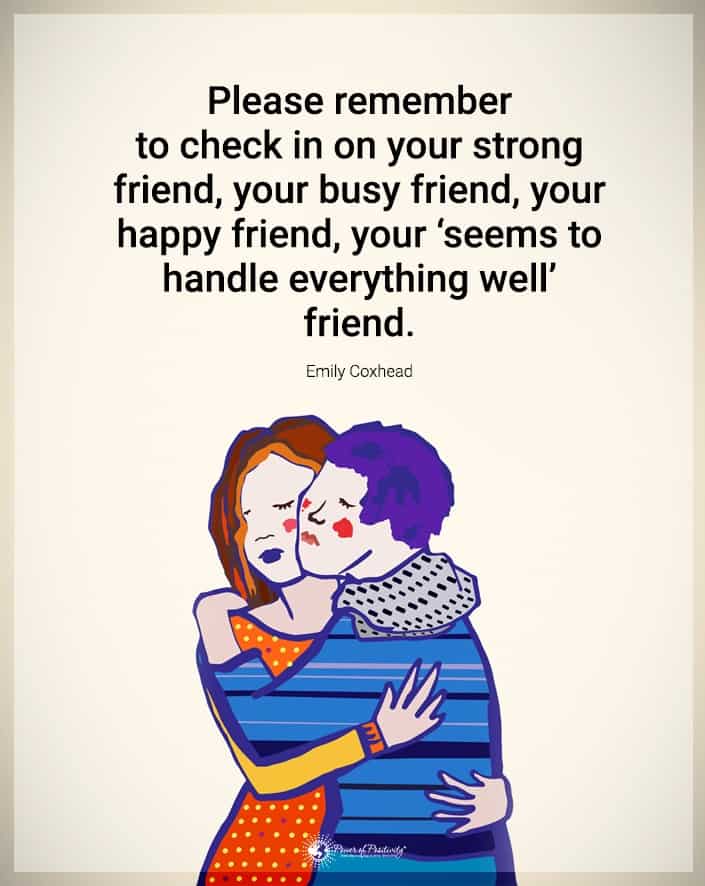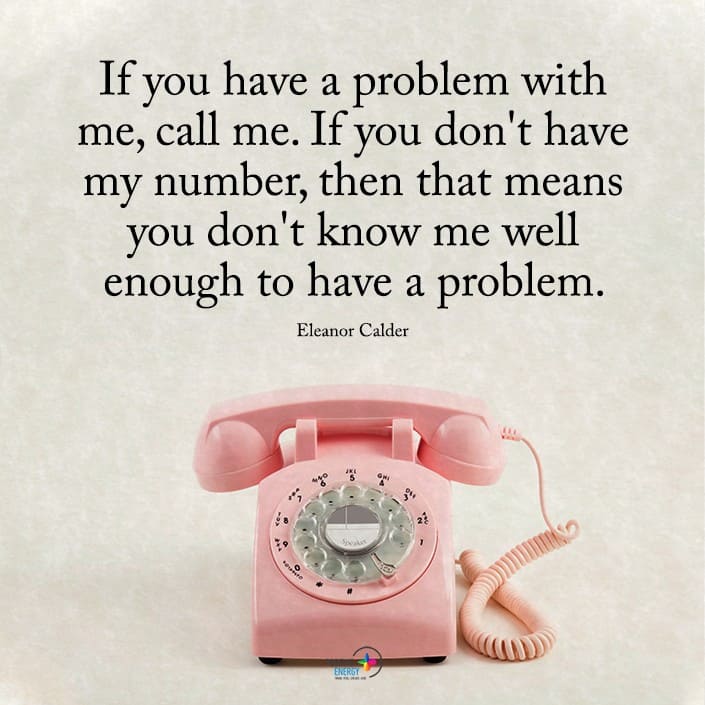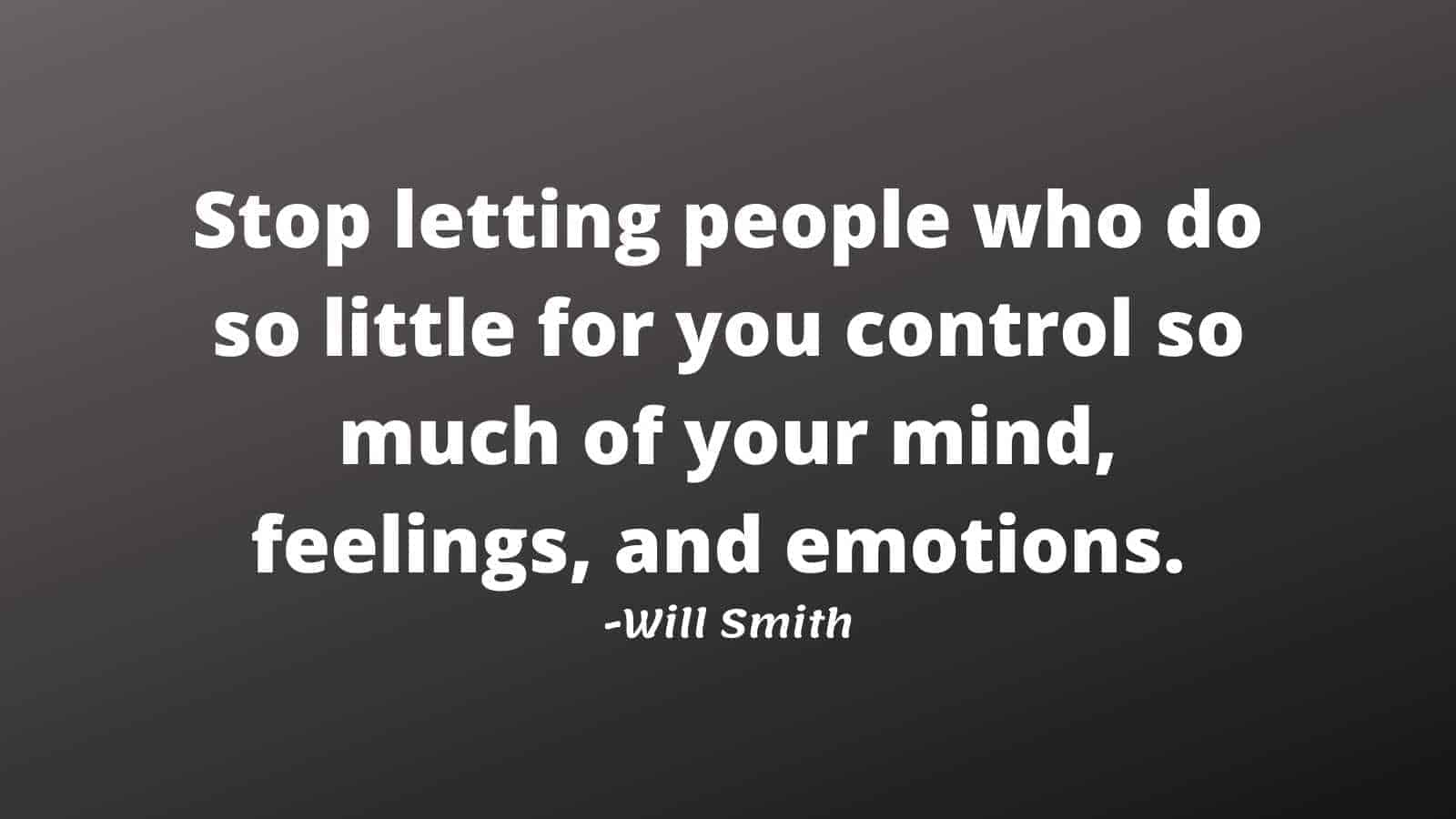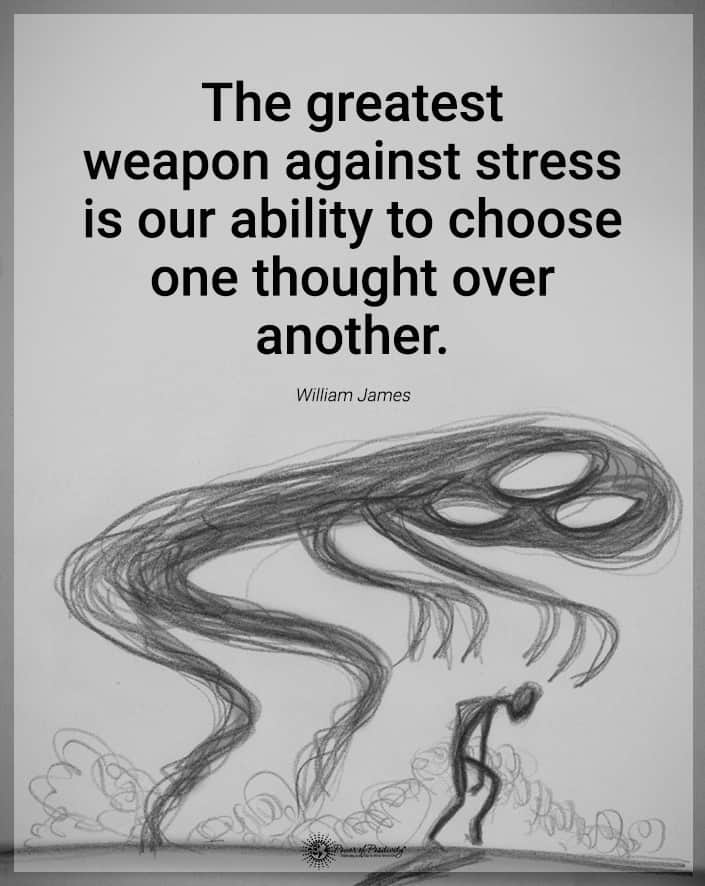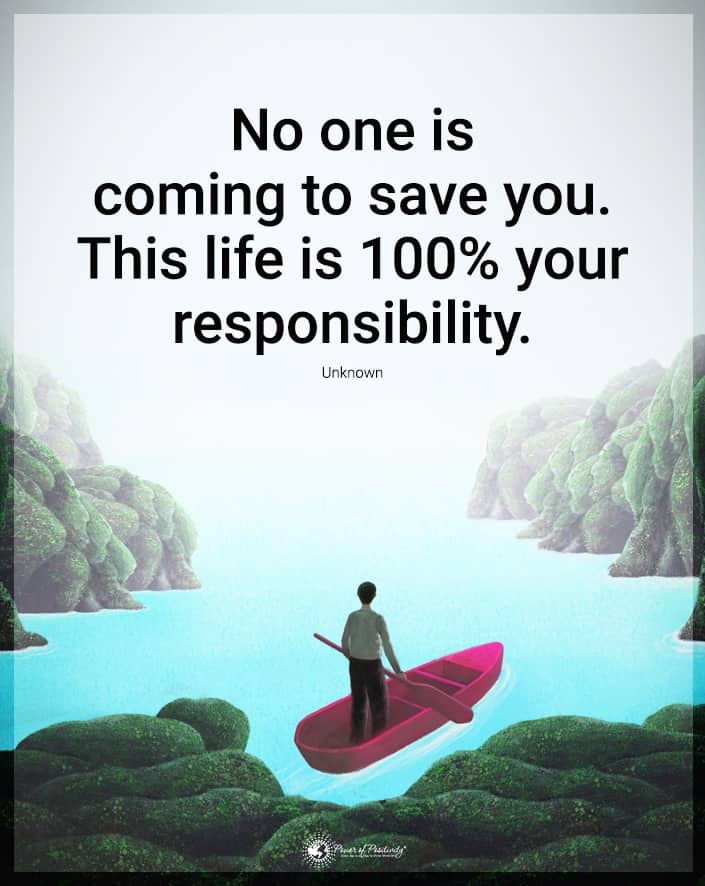Have you heard of karmic trauma? If you feel that you’re being held back in life by some invisible force that seems to come from inside you, that trauma may be to blame. You don’t have to be spiritual to believe in karmic trauma despite how it sounds. Other people may refer to it by more familiar terms, such as emotional baggage or traumatic stress.
Karmic trauma lives deep in the subconscious mind. It’s the result of numerous forms of conditioning that have impacted the way you think, process emotions, and view yourself and the world. That trauma is often a result of painful circumstances that taught you lessons that you may not have adequately learned. You may have taken the wrong message out of them or avoided their truths.
Karmic trauma could be the reason for your current suffering. It could be why you can’t find peace and seem to be in a constant state of disharmony. If you deal with post-traumatic stress or have had past negative experiences that still cause you pain, it’s time to address your karmic trauma. It would be best if you experienced a breakthrough that will push through that pain. Here are three steps for healing karmic trauma so you can be happy again.
1. Acknowledge The Truth Of Your Karmic Trauma
The reason it’s so hard to heal from karmic trauma is because we try to avoid their roots. It’s very reasonable to want to repress those feelings. After all, it’s normal to want to escape from things that cause you pain. People naturally push away too painful things for them to understand and process.
But suppressing the truth about your feelings or how the past impacts you doesn’t solve the problem. Studies even show that this can make the pain worse, creeping into your subconscious, so you indirectly live in that pain. You can’t fix what you refuse to acknowledge or even look at.
This conundrum brings us to the first step in healing karmic trauma: acknowledging the truth. Truth is painful, but it can also set you free if you’ll pardon the cliche. Here’s how to recognize the truth:
· Admit The Situation Out Loud
Say what is hurting you and what past events you have been avoiding. Sometimes, speaking the truth breaks the seal of silence that has kept that truth in for so long. If you have trouble verbalizing it, try writing it down or recording it in some creative way. What matters is that you are no longer avoiding it but openly admitting it in a way that you can acknowledge it.
· Ask Yourself Questions About This The Root Of Your Karmic Trauma
If you have trouble tracing the roots of karmic trauma, you can speak to yourself in the form of an open monologue. Ask yourself probing questions about how you feel, why you think that way, and what links those feelings have to your past. Sometimes, you need to coax this information away from the very recesses of your brain. A little digging with questions can pull the roots free.
· Name Your Emotions
Each emotion carries the weight of a karmic past into the present. Naming these emotions can help you make sense of them, and research suggests it can be helpful for regulation and happiness. Naming these emotions can allow you to confront them more directly, and it can get you into the swing of being honest about the truth. Get detailed as you name these emotions, name particular feelings, and dig deeper to find the sentiments beneath those surface feelings.
· Let Yourself Feel
Allow yourself to sit in the negative emotions. Act as a witness to them, watching them go by and observing how they interact with your body. Research has shown that this can help people cope with severe grief, bereavement, and loss. As such, it’s likely a reasonably workable technique for managing the pain of karmic trauma.
2. Recognize The Cycle Of Karmic Trauma
A karmic cycle is a repetitive pattern in your life. This pattern brings you back to moments and situations of hurt and pain. These are patterns that you repeatedly feel drawn to, often subconsciously, even though they harm you.
This is a clear sign of karmic trauma. As much as it is toxic, this pattern is also comforting because it’s what you’re used to. Studies show we gravitate to these patterns due to that inherent comfort. To some degree, you bemoan your fate every time you find yourself back inside that pattern. But you also don’t know how to leave it, and it’s all you know.
This may manifest in many different ways. Maybe you keep pushing away potential friends. Or perhaps you tend to quit things that second they get difficult. Or maybe you end up in toxic or abusive relationships repeatedly. These are all examples of a karmic cycle that you’re stuck in and need to break out from.
To heal karmic trauma, you must break karmic cycles. But identifying these cycles can be difficult. Here are some ways to recognize the signs that you’re stuck in a looping cycle:
· You Keep Attracting A “Type” Of Person
Consider the people in your life. Do you seem to fulfill the same role for most of them? Do you often feel drained by that role? Maybe you’re often the “mom friend” or tend to be the listening therapist friend for everyone. Or do they all seem to have similar personalities and flaws, to the point that you have to interact with them in a similar way to keep the peace? Ask why these are the people you’ve chosen to bring into your life and question the health of these relationships.
· You’re Punishing Yourself For Something In The Past
Is there guilt or shame lurking in your past? Sometimes the responsibility is due to a mistake you’ve made, and sometimes it’s due to things that aren’t your fault. Regardless of their nature, that kind of shame and guilt will cause you to enter karmic cycles as a method of self-punishment. Instead of atoning for real mistakes or resolving unnecessary feelings of guilt, you continue to metaphorically self-flagellate. That’s a karmic cycle born from karmic trauma.
· You Keep Having To Face The Same Fears
There’s nothing wrong with facing your fears, and that’s something to be encouraged. As you heal from karmic trauma, you’ll find that you need to face many old fears to break cycles and move forward. But something’s wrong if it’s just the same, single fear that you keep repeatedly facing – especially if you resolve that fear by running from it or avoiding it.
· Things Feel Familiar
Sometimes, you know you’re in a karmic cycle because your brain remembers this situation. Your previous boss yelled at all their employees, too, so you’re on edge in your workplace as you’ve been for years. Your new partner reminds you of the passive aggression of one of your parents, but that also seems to make you more connected to them. You find yourself stuck by deja vu while having another beer tonight, remembering how a parent did the same. When you lash out at your child, you remember how your guardian lashed out at you, and a part of you hates yourself for it. If things feel familiar, ask yourself why.
3. Take Responsibility For Your Role In Your Karmic Trauma
Karmic trauma is not your fault. But, as with all things in life, the way you choose to respond to its presence is under your accountability. That means that if you’ve been stuck with karmic trauma for a long time, the best way to heal it is by taking responsibility for it.
Do note that this does not mean blaming yourself for the source of your karmic trauma. Instead, it means taking your life into your hands now to proceed peacefully without being weighed down by it.
You have the power to change your situation and heal yourself from karmic trauma. If you don’t harness that power, you’ll never come out of your situation. You need to take responsibility for your healing, even if it’s difficult and even if your ego rejects the concept. Here are some steps to take in this regard:
· Stop Blaming Others For The Karmic Trauma
Yes, some people have wronged you and harmed you, and they are at fault for their actions. But it’s time to stop directly blaming them for every bad thing that happens in your life. You don’t need to forgive them – merely to accept the reality of your life and how they shaped it. Then, say you’re taking your life in your own hands, and they no longer have any power over you. When you stop blaming others, you find the strength to hold yourself accountable and move on.
· Get To Know Your Triggers
Your triggers are things that pull you into karmic cycles. They’re also things that get huge adverse reactions from you due to karmic trauma. Please know your triggers profoundly and personally, then use that knowledge to better prepare yourself for them. The next time you’re triggered, you can put into action a plan that will help you regulate your response. Don’t let yourself be controlled by these triggers.
· Set Goals For Healing Your Karmic Trauma
Goal-setting is a great way to keep on track when you’re in recovery. Determine the things you want to work on and set some goals related to how you’ll work on those subjects. This may include going to therapy, journaling, meditation, or other management methods. Just remember that healing is often not linear, so your goals need to be reasonable. They should challenge you without setting unrealistic expectations that will only leave you feeling sad and disappointed!
Final Thoughts On Some Ways To Heal Karmic Trauma To Be Happy Again
Healing from karmic trauma is not easy, but it’s something that you can do. If you want to be happy again, start by acknowledging the truth about your trauma. Then, learn to recognize the signs of a karmic cycle. Finally, take responsibility for breaking those cycles and kickstarting your healing process!




